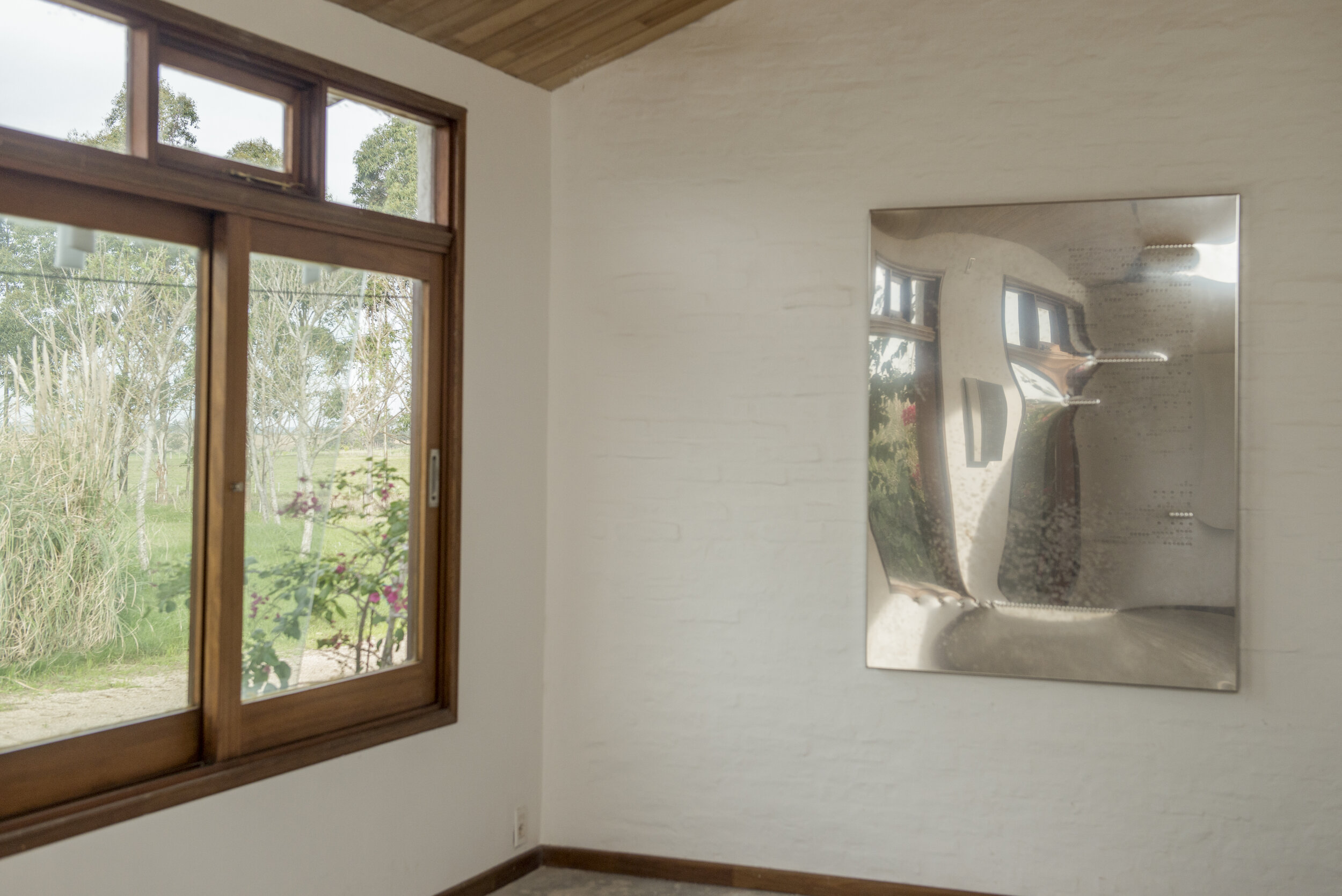Riccardo De Marchi: Possible Alphabet
May 10th, 2018 — August 26th, 2018









De Marchi’s newest works are experienced as indecipherable codes in a non-existent language – solely speaking to the viewer’s sensibility.
Since its creation Writing has become one of the most used and normal tools of History. It developed specifically according to each country that used it, and idioms are perfect reflection of the culture in which they were born. The Italian idiom has a grandiosity and generosity that is unequalled. This chanting language bears within itself the most romantic qualities, it was the official language of arts and culture for so long most European idioms still use Italian words in their artistic vocabulary. Yet, for Riccardo de Marchi – an Italian born and raised artist- language and writing have taken on the opposite turn.
The artist has created his very artistic idiom which is minimalist on top of been conceptual. As if each new artwork was considered a new blank page upon which he could write a story, de Marchi write untiringly his code unto the materials. When faced with one of his artwork, one cannot help but wonder what does it mean? To whom is it directed to? Should it even be understood or not? Indeed, de Marchi’s signs are not meant to be read straightforwardly, unlike the Italian language they do not want to vehiculate an idea or a feeling in a complex and voluptuous manner. Instead, they are to be experienced as a code that cannot be grasped, hence putting his message on an even more universal level as it speaks only and directly to the viewer sensibility.
The action to either drill holes or to elevate the surface in order to engraved the code into it, brings a sense of tension created by the alternation of presence and absence. But there is also the more concrete aspect of the landscape that appears in between these elevations and lowness. From the macro level of psychological and philosophical interpretation, the artwork can thus be seen as a space of discovery and wandering on the macro level. The specific and carefully chosen materials of the artworks -aluminum, stainless steel and plexiglass- invite the natural landscape of the sculpture park to reflect upon their surfaces, creating a new universe of interrogation and dialogue. De Marchi’s art doesn’t want to establish final concepts, but generate a dialectic, which involves the spectator as well as the environment where his art is located
Riccardo De Marchi, born in 1964, lives and works between his ateliers in Flaibano close to Trieste and Venice in the northeast of Italy and Parma in central-northern Italy. He studied at the Academy of Fine Arts in Venice Italy till the mid-80s.
In 1993 he was invited to participate at the XLV International Biennale of Venice. He then exhibited at the Scultura/Architettura/Citta, IX International Biennale of Sculpture in Carrara, had a solo exhibition at the Kunstlerhaus Palais Thurnund Taxis in Bregenz, Austria, he exhibited at Arte Contemporanea Italiana-Unicredit Art Collection at the Mart in Rovereto, Themes & Variations at The Peggy Gugenheim Collection in Venice, as well as in the Fortuny Museum in Venice and The Marco Museum of Contemporary Art in Rome. His works can be found in private and public collections across the world, such as in the city of Fukuroi, Japan.


